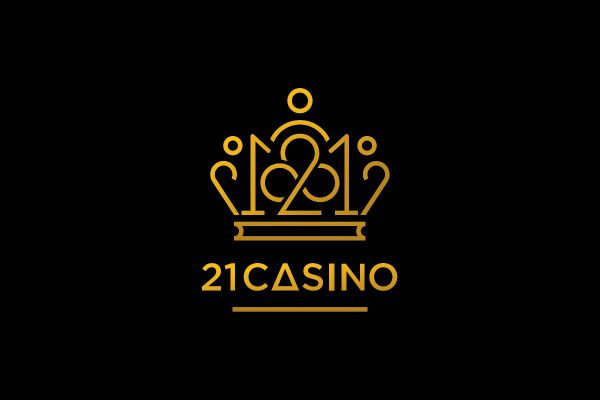21 Privé Casino 60


The Prive 21 Casino aims to provide players with an enjoyable premium online casino experience, one that incorporates a great selection of casino games, bonuses, promotions, big prizes, and bigger jackpots – and I’m pleased to report that all of this awaits new players. Real Estate Private Estate Surrounded By 21 Acres Of Nature In Riverview This three-bedroom estate is by a private creek that leads to the Alafia River. Wildlife is abundant with deer and various. 21 Prive Casino Promo Code Claim the no deposit bonus from 21 Prive Casino - check below promo code for 21 Prive Casino and use when creating your account to receive any no deposit bonuses or free spins available with them. New users only, 18+. Bonus T&C apply. Section 21: Fences deemed a private nuisance; right of action Section 21. A fence or other structure in the nature of a fence which unnecessarily exceeds six feet in height and is maliciously erected or maintained for the purpose of annoying the owners or occupants of adjoining property shall be deemed a private nuisance. 21betscasino.com is operated by ProgressPlay Limited of Soho Office 3A, Edge Water Complex, Elia Zammit Street, St. ProgressPlay is a limited liability company registered in Malta (C58305), that is licensed and regulated by Malta Gaming Authority and operates under a License Number of MGA/B2C/231/2012 issued on 16th April, 2013; ProgressPlay Limited is licensed and regulated in.



The information on this page is current as of April 1 2020.
For the most up-to-date version of CFR Title 21, go to the Electronic Code of Federal Regulations (eCFR).
21 Privé Casino 600
|



